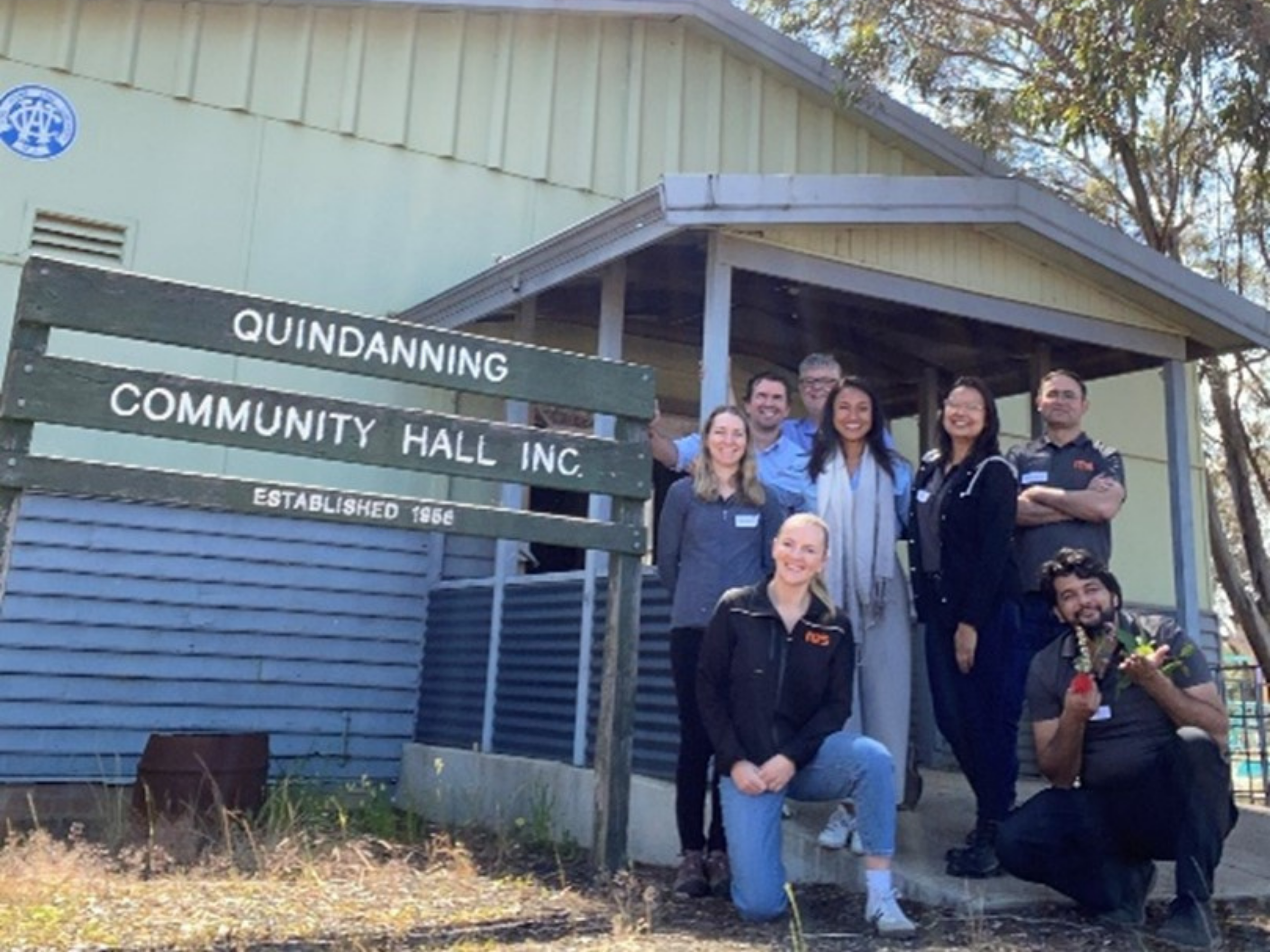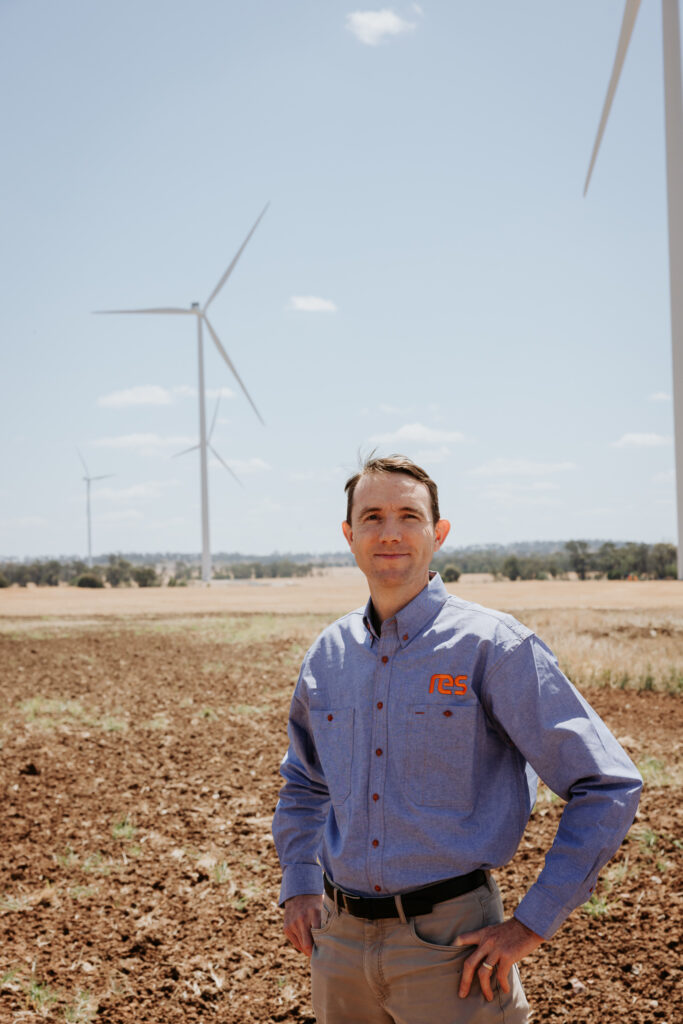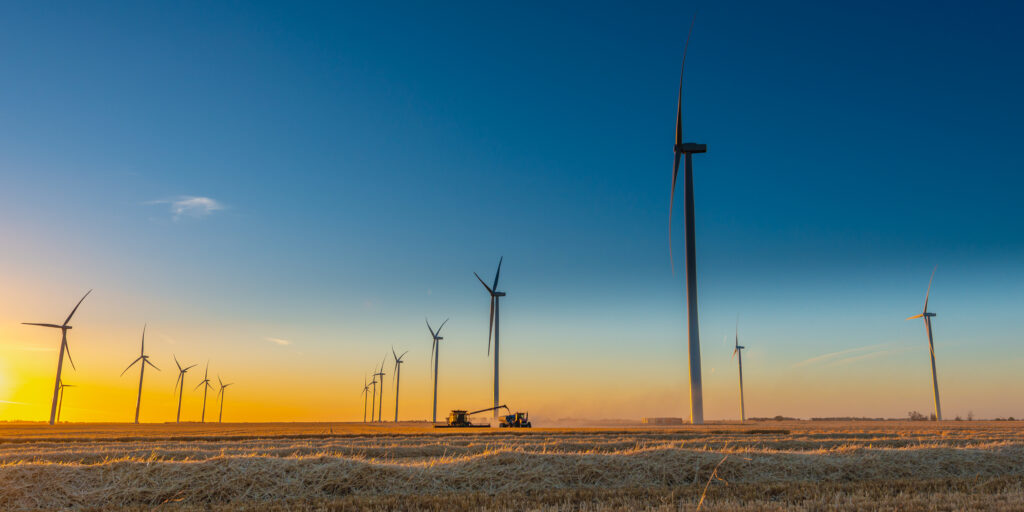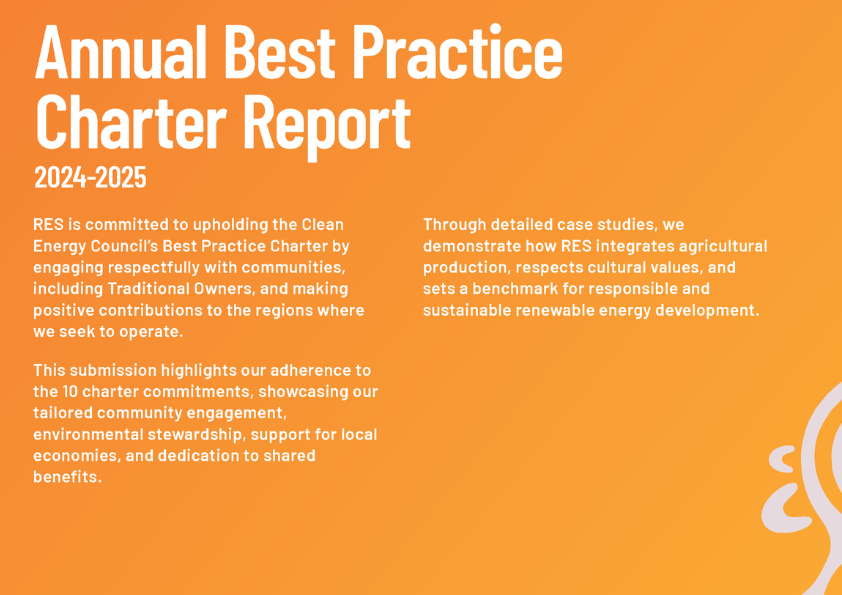Solutions
Our passionate and experienced people deliver successful clean energy projects globally.
Technologies
Driving a clean energy future through state-of-the-art renewable technologies.
See all technologiesResources
Browse our latest resources, including company updates, customer stories, industry insights, and research reports.
See all resourcesCareers
Join a collaborative team of passionate individuals who engage in meaningful, stimulating, and world-changing work.
Learn moreAbout RES
We live our mission, celebrate the people making it happen and transform the way the world produces and consumes energy.
See about usOur offices
Like our business, we’re truly global – but proudly local. Find contact and location details for every RES office.
Contact us
“Clean energy projects are helping to revitalise regional Australia. The Best Practice Charter 2025 reports contain more than 400 examples of how renewable energy developments are delivering for local communities, Traditional Owners, landholders and the environment.”
— Jackie Trad, CEO Clean Energy Council
We’re proud to be a signatory to the Australian Clean Energy Council’s Best Practice Charter for Renewable Energy Projects. The Charter is a voluntary commitment to respectful, transparent, and responsible clean energy development. It outlines 10 key commitments that guide how we engage with communities, protect cultural and environmental values, and deliver lasting benefits to the regions where we operate.
We’ve submitted our 2025 report to the Clean Energy Council, detailing how we’ve upheld these principles across our projects. This annual reporting process is a chance to reflect, improve, and lead by example.
Our 2025 Charter Reporting Highlights:
- Deepened engagement with local communities and Traditional Owners through early consultation and co-design
- Environmental stewardship embedded in project planning and biodiversity impact assessments
- Support for local jobs, training and procurement, aligned with the Clean Energy Workforce Roadmap
- Sustainable lifecycle management and waste management evaluating procurement for products and services to optimise value, minimise waste, and uphold sustainable principles
- Responsible end-of-life planning committing to responsible decommissioning, refurbishment, and repowering of project sites, developing strategies to manage aging assets and extend project lifespans where feasible
Why it matters: As Australia accelerates toward a clean energy future, trust and collaboration with communities is essential. The Charter helps ensure that progress efficient, fair and inclusive and encourages our industry to champion best practice and build a renewable energy sector that communities are proud to support.

“Our ongoing commitment to the Clean Energy Council’s Best Practice Charter reflects the way we work – with transparency, integrity, and respect. Our 2025 report demonstrates how these principles are embedded across our projects and partnerships. By collaborating closely with landholders, Traditional Owners, and local communities, we aim to deliver renewable energy projects that create a positive and lasting legacy for Australians and for the planet.” — Matt Rebbeck, RES CEO Australia
Find out more at www.cleanenergycouncil.org.au/bestpractice
Case Study highlights: Co-located farming

Kerrs Creek Wind Farm
The proposed Kerrs Creek Wind Farm is located on land which will continue to be used for grazing purposes while providing supplementary income to landholders.
The overall footprint of the wind farm and associated infrastructure will take up only a small portion of the overall project site, (approximately two percent), with the improvements to on-farm infrastructure such as tracks and fencing supporting day-to-day management of the existing grazing enterprises.
Murra Warra Wind Farm
Another example is throughout development of the Murra Warra Wind Farm (VIC), the team worked closely with the grain farming land holders to ensure that tracks and turbines were appropriately aligned to maximise their cropping operations within their paddocks and take up as little as two per cent of their paddock footprint.
Where possible, tracks were aligned to fence lines and spaced to best match with their farming equipment operation. The success of this is evident on the now operational wind farm, with farmers positively integrating the turbines into their cropping operations.


